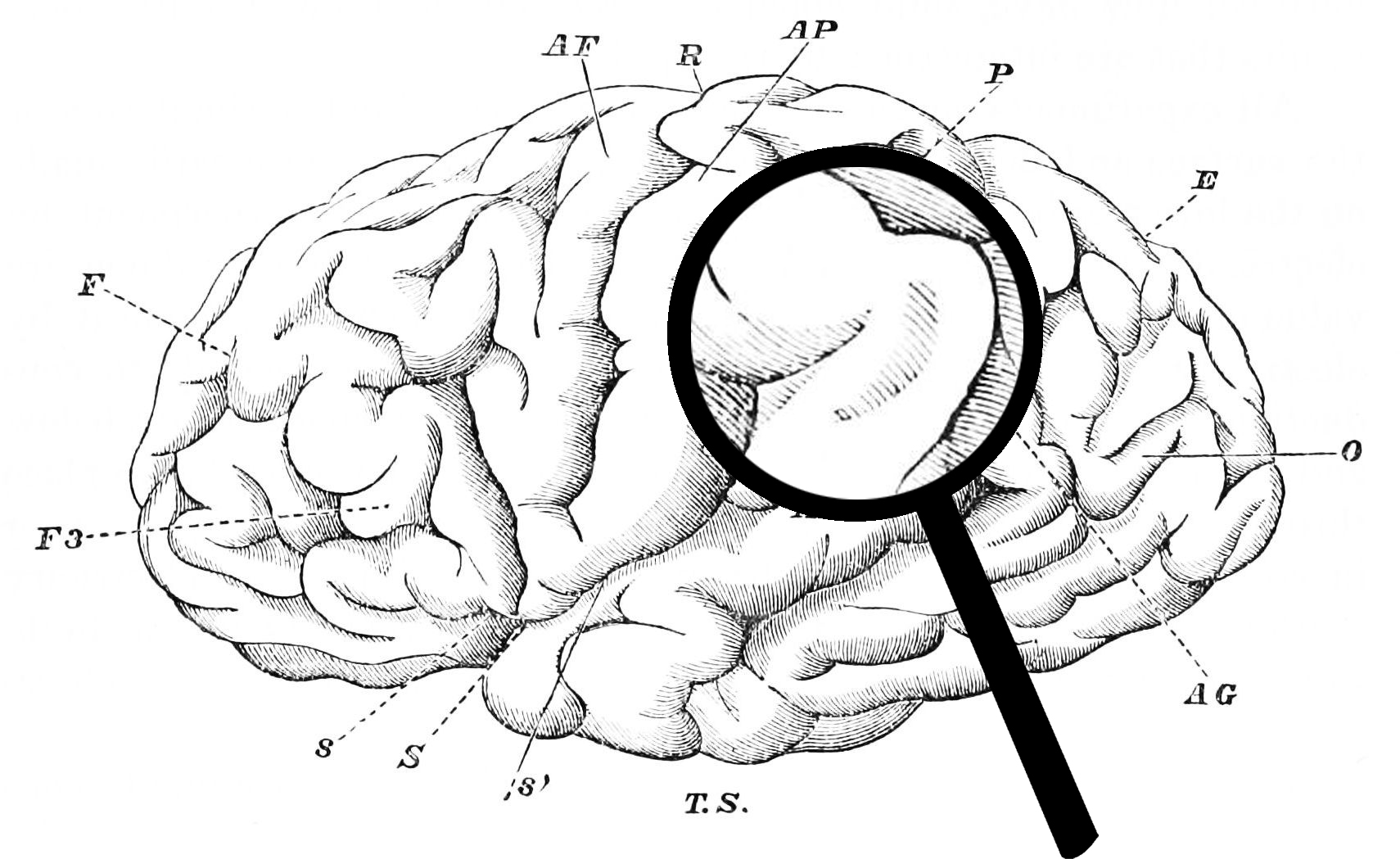UCLA in place to have a vital role in the White House’s BRAIN Initiative

By Chandini Soni
April 11, 2013 1:26 a.m.
The original credit accompanying the illustration contained an error and has been changed. See the bottom of the article for additional information.
Imagine the firings of the brain as a view out the window of a plane flying over Los Angeles. Lights down below trace the freeway, and the sight of the ocean serves as a reminder that the coast is nearby.
During a functional MRI scan, patients see lights flash in front of them. Regions of the brain turn on and off – much like the pulse of the city at night.
This is what brain mapping is.
A recently announced national initiative will invest $100 million on brain research, starting in the next fiscal year, to better understand how the brain works . UCLA’s prevalence in the field of brain research and its recent commitment to the cause, before the White House initiative was announced, puts the university in a position to play a significant role in the newly announced project, according to researchers at UCLA.
President Barack Obama announced the program, called Brain Research through Advancing Innovative Neurotechnologies, otherwise known as BRAIN – on April 2.
“There is this enormous mystery (of the brain) waiting to be unlocked,” Obama said.
“The BRAIN Initiative will change that by giving scientists the tools they need to get a dynamic picture of the brain in action and better understand how we think and how we learn and how we remember.”
“I think it comes out of a realization that the time is really right,” said Kelsey Martin, chair of biological chemistry and head of a group that is encouraging collaboration among the campus’ neuroscience community. “The only way to understand something as complicated as how the brain (functions) is with (many) teams working together.”
In the fall, the Office of the UCLA Vice Chancellor for Research, decided to make brain research one of its main focuses.
With the White House’s new initiative, UCLA is in a “strong” position to compete for federal grants and to collaborate with other research programs across the country, said Paul Thompson, a professor of neurology and psychiatry at the Laboratory of Neuro Imaging at UCLA.
In addition to brain mapping, UCLA is also investigating how life experiences can alter the brain and how memories are stored in the brain.
For scientists at UCLA, the goal is to understand the brain by breaking it up into smaller, more manageable tasks, such as memory, depression and neural circuits, Martin said.
Martin said the BRAIN Initiative validates the brain research efforts at UCLA. She added that her group’s immediate goal is to create concrete research projects and use them to attract federal funding.
The long-term goals of the BRAIN Initiative are to find new ways to treat, cure and even prevent brain disorders, such as Alzheimer’s disease, epilepsy, and traumatic brain injury, according to a White House press release. The initiative might also accelerate the invention of new technologies.
Thompson said the White House’s initiative is vague in order to keep it open to all sorts of research. The initiative’s goals will become more specific as the research progresses, he added.
The two main components of the initiative involve understanding how different parts of the brain communicate with one another and how neurons behave, Thompson said.
The Laboratory of Neuro Imaging, California NanoSystems Institute, the Semel Institute for Neuroscience and Human Behavior and other UCLA institutions currently conduct brain research and will likely be involved in the BRAIN Initiative, Martin said.
“(California NanoSystems Institute) is one of the few institutes in which neuroscience is strongly engaged with nanotechnology,” said Paul Weiss, director of the California NanoSystems Institute. “I expect (researchers from UCLA) will have leadership in areas of dynamic chemical measurements and applications of technology to understand the brain.”
The National Institutes of Health, the Defense Advanced Research Projects Agency and the National Science Foundation will fund the White House initiative, but have not yet determined how the funding will be distributed, Thompson said.
Other foundations and private research institutions, including the Salk Institute for Biological Studies, Howard Hughes Medical Institute, Allen Institute for Brain Science and The Kavli Foundation are also planning on investing in the project, though these projects are not directly commissioned by the White House, said Terrence J. Sejnowski, director of the computational neurobiology laboratory of the Salk Institute for Biological Studies, a scientific research institute in California.
Brain research is also an expanding field in other countries, such as the decade-long Human Brain Project in the European Union and the United States’ National Institutes of Health’s Human Connectome Project. Both projects and the new BRAIN Initiative aim to further understand how the brain works.
“At some point, (the different initiatives) will merge and interact,” Weiss said.
Thompson said he is confident UCLA will be able to contribute to the overarching goal of understanding the brain through collaboration with different departments.
“People like challenges,” said Thompson. “It is the difference between ‘I’m learning to run faster’ and ‘I want to run a marathon.’”
Correction: The brain image is from Ineuw, used under a Creative Commons license.


